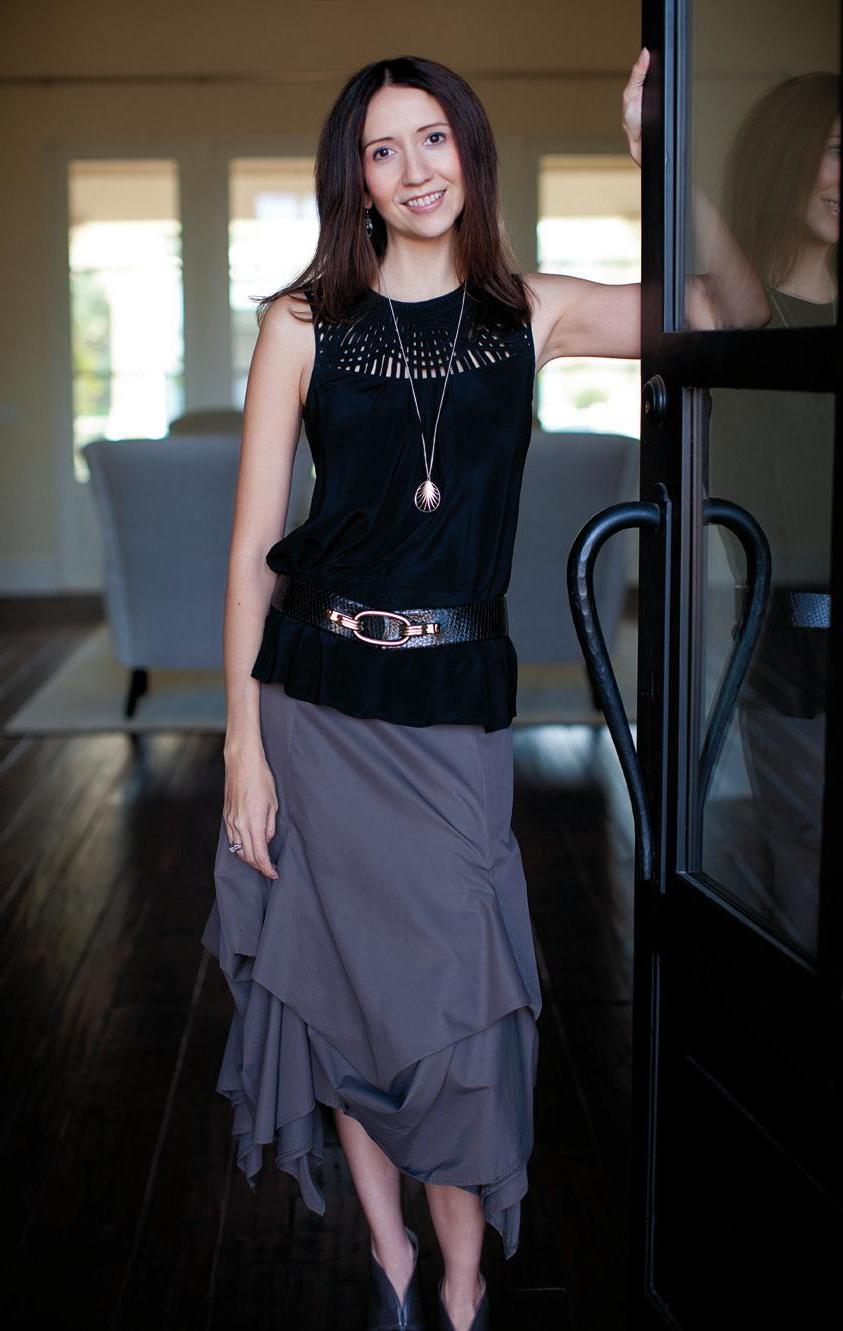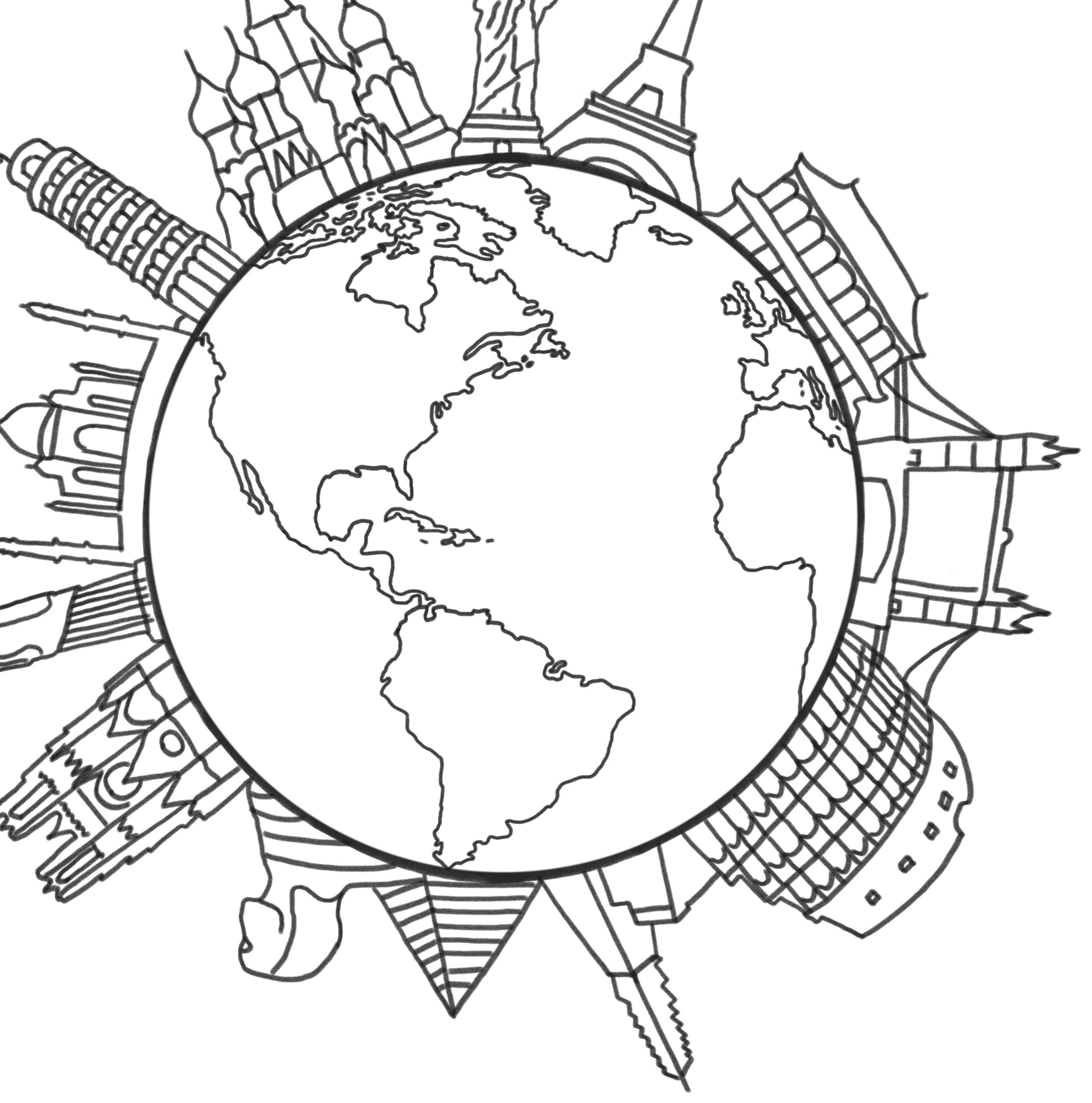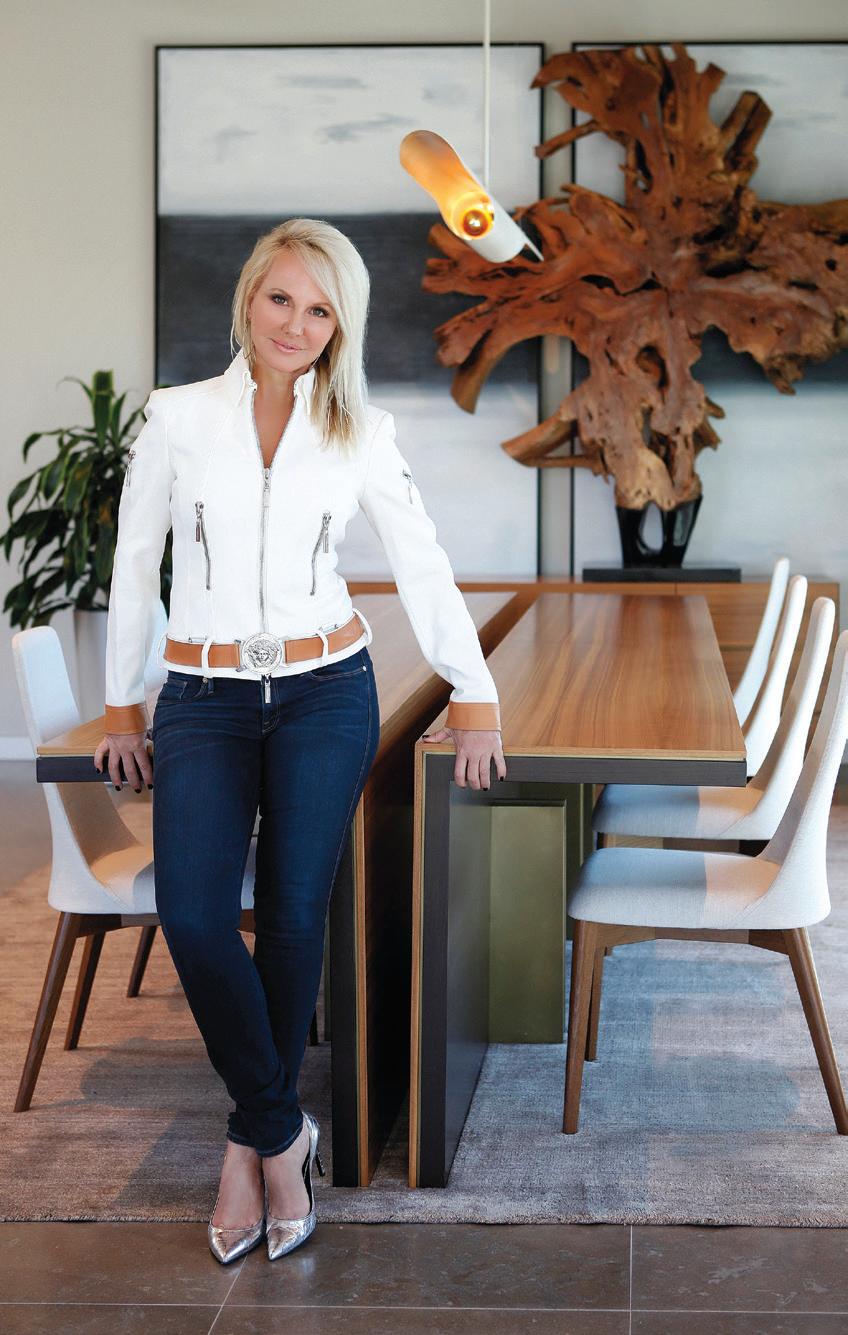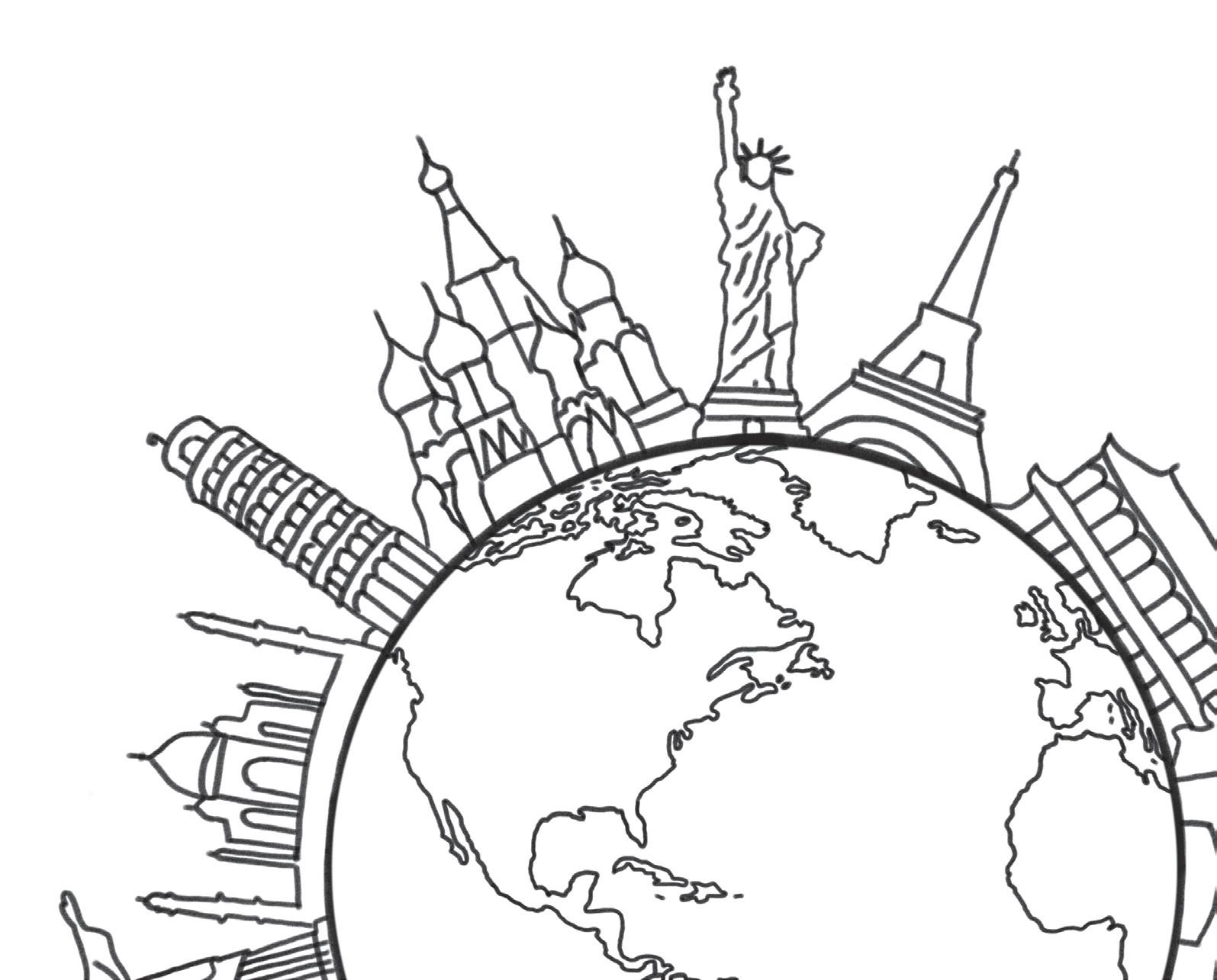
6 minute read
Feature
Angelica Henry

For those that don’t know me very well, my design career actually started on the commercial side after graduating from Arizona State University. I worked on restaurant, retail and tenant improvement projects and never imagined I would focus on residential design. Yet, almost twenty years later, here I am! I love working with residential clients. I love the relationships and friendships that develop and am blessed to be involved in a variety of projects that keep me excited about being a designer every day.
Although I have not specifically sought out work outside of Arizona over the years, I have had the opportunity to work both out of the state and out of the country. The majority of this work has come from repeat clientele who want to bring us in on something new. Working with a client for a second time is really one of my favorite types of projects. I worked with them on a second home and now they’re ready to tackle their main residence or vice versa. Either way, it is fun to have a second opportunity. You already know each other and, as a designer, you are already familiar with their likes and dislikes, tendencies and what makes them tick. You can dive right into the heart of the design. This is also the easiest way to start working out of your region. So, if you aren’t sure where to get started, talk to your existing clients and see if there is something you might be able to help them with! We have also gotten some of our out-of-region work from social media. Be sure to let your clientele and followers know you are ready to hit the road for the right project. I have worked on spec homes in Hawaii, residences in North Carolina, Colorado, Michigan, Tennessee, a two-story closet in Texas, a yacht in Newport Beach and a residence clubhouse in Los Cabos San Lucas. As with any other project, they all come with new possibilities and new challenges. I think one key to a successful remote project is understanding the aesthetic and the culture in the area so the project can speak to it. For example, at our Memphis project, our clients were near Beale Street and the heart of the music scene, so in the foyer we created fun guitar artwork as a nod to the area. In our Los Cabos project, we really tried to capture the spirit of the culture and source local vendors and craftsman that would infuse authenticity into the aesthetic. One challenge when working out of your area is not having “go to” vendors to depend on. I have found amazing new sources as a result and have also had some challenging experiences. Where possible I have tried to get referrals from local designers who have worked in the area or contacted the local ASID chapter. Often times that has been a success. We also have had to familiarize ourselves with local codes. Sometimes, you are just on your own and have to do the best you can to be your client’s advocate despite any challenges you might face!
Another issue is not always being able to visit the job site as often as you would like or even at all after the initial walk through and scope of work is set. It is critical to take an overabundance of photos, video and dimensions; anything you think you might need, and then some.
Overall, I have really enjoyed and learned from each and every project outside of Arizona and look forward to whatever the next adventure might be!
Angelica Henry, ASID President Angelica Henry Design
Anita Lang


The world never seems so small as when you fully embrace its largesse–as you remove boundaries and obstacles, intimidation and limitations likewise fall away, and as they do, the mind is free to truly flourish creatively and artistically. I have always considered myself a global citizen, an extension of a spirit of adventure and curiosity that extends all the way back to my childhood.
My parents emigrated from Germany, and I grew up in locations as varied as Chicago, Coastal Maine, and Wisconsin. My family built the houses we lived in, and I have fond recollections of summers spent shingling the roof and installing flooring with my siblings, fostering an early interest in design. Some of my earliest designs were done for historic homes along the east coast–structures that were sometimes hundreds of years old, and as time went on, I had the opportunity to travel further abroad–to China, Egypt, Australia–the history and richness of culture having a profound effect. Each year, I make the trip to Milano for Salone del Mobile, the annual design fair. Milan is the design capital of the world, and the best place to experience the latest innovations in design. I consider myself immensely fortunate to have had exposure to wide-ranging aesthetics, a treasure trove of memories and moments that have influenced and informed my philosophy along the way.
With such a global mindset and thirst for a challenge, I feel grateful for the opportunities I’ve had to work in design on projects stretching across the U.S., from Manhattan to Manhattan Beach, and down into Costa Rica. Each project has presented its own unique stylistic demands, but the reward is well worth it, as my design horizons have been broadened by the experience.
I have found that inspiration for each design stems from two sources: the clients I’m working with, and the architecture of the dwelling itself. Every corner of the world has its own distinct flavor and essence expressed in the architecture of its buildings, such that honoring the craftsmanship of the structure and its surroundings can’t help but serve as the framework of design. For instance, the penthouse in an historic Manhattan high-rise inspired a design reflective of the cosmopolitan city, incorporating references to Regency and Art Deco. While the Costa Rican project, with its incredible, expansive views that are the heart and soul of the space, suggested a design that drew on the natural elements found in the surrounding environs to create a more relaxed ambiance. Ultimately, the design should feel like a natural extension of its environs–a direct reflection of the people, the culture, the environment, something meant to wear as well with time as the structure itself.
After all, great design is more than pilfering ideas from Pinterest or clipping pictures out ofDwell. The best design is born out of a mind-body connection that takes full advantage of all the senses. It requires a working knowledge of aesthetic and style through the ages and skillful incorporation of innovation in the industry. Equally as important, though, is an empathy that allows you to bring it all together in a vision tailored for each client. And of course, you need the right team of people working in the same direction to manifest that vision. It’s an alchemy that, combined with the daring to open the door and the willingness to step through and take hold of the right opportunities, can carry you around the world, leading from one incredible adventure to the next.




